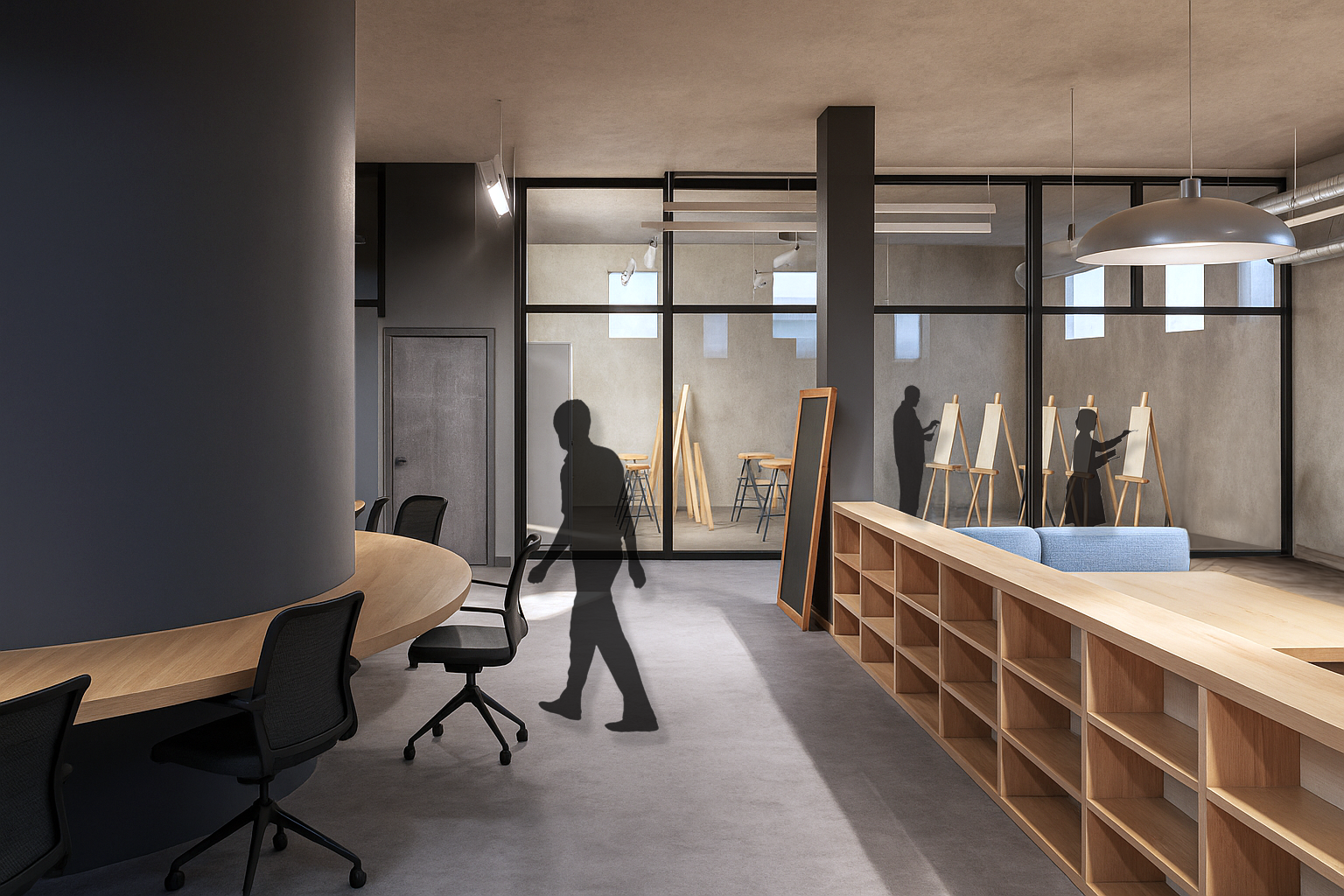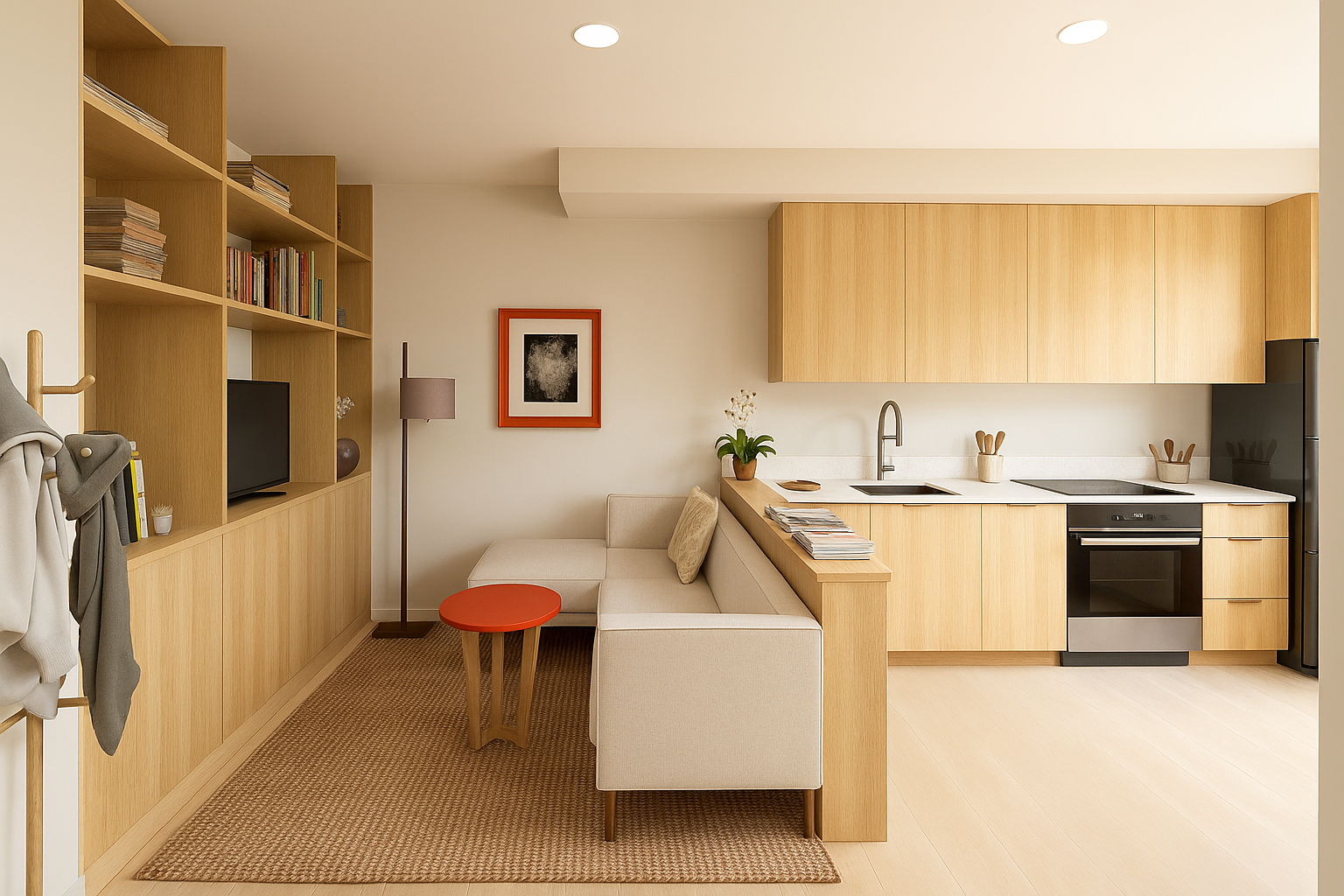Spatial Catalysts: Designing for Dignity and Healing in Women's Shelters
Lia Pipia // Adviser: Marjan Miri
Spatial Catalysts: Designing for Dignity and Healing in Women's Shelters
Many unhoused individuals avoid traditional shelters due to overcrowding and institutional designs that overlook their emotional and psychological needs. In cities, the limited availability of supportive environments further reinforces cycles of isolation and invisibility. This thesis examines how interior architecture can serve as a transformative tool,creating spaces that restore dignity, safety, and belonging.Focusing specifically on shelters for women and single mothers, it explores how design can foster emotional healing and stability. By incorporating calming, nature-inspired palettes, soft textures, residential-scale furnishings, and spatial layouts that promote autonomy and privacy, the built environment can begin to undo the sense of exposure and powerlessness many residents feel. These design choices provide a setting for recovery, reflection, and growth. In creating spaces that prioritize safety both physically and psychologically, the project also emphasizes features such as clearly defined personal zones, secure entryways, warm lighting, and communal areas that encourage voluntary interaction rather than forced proximity. Through such details, the shelter becomes more than a temporary refuge;it becomes a space of dignity and hope, where women can begin to feel safe, seen, and supported in rebuilding their lives.
Basement Seating View
Entry to dining seating
Food court booth seating
Health and wellness
Large apartment bedroom
Small Apartment Living Room
Meditation room








